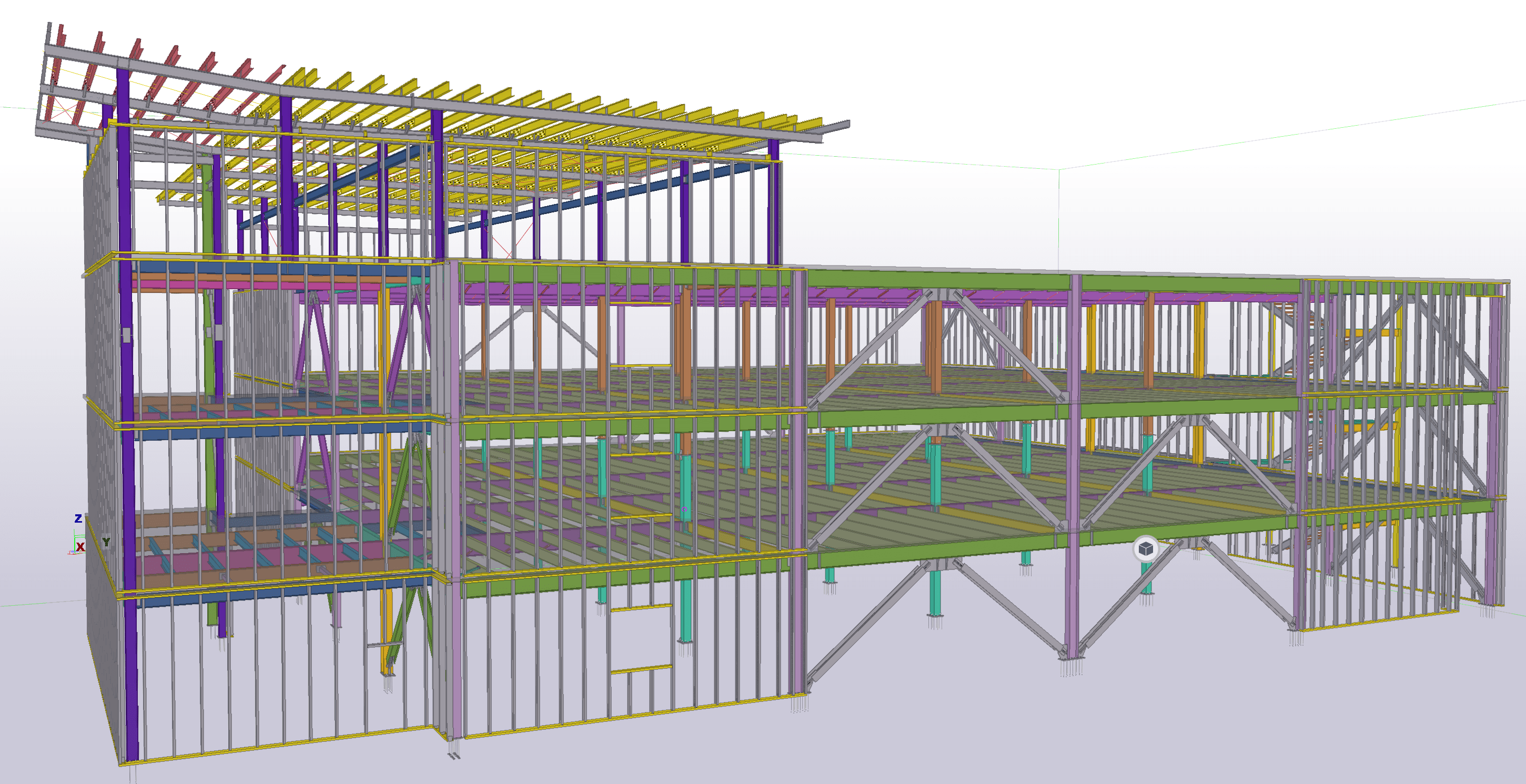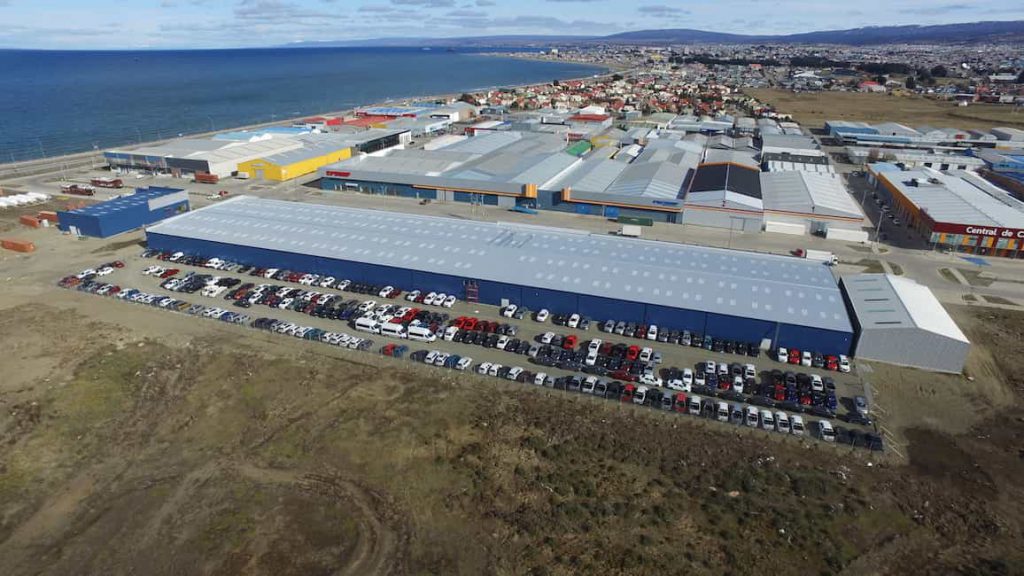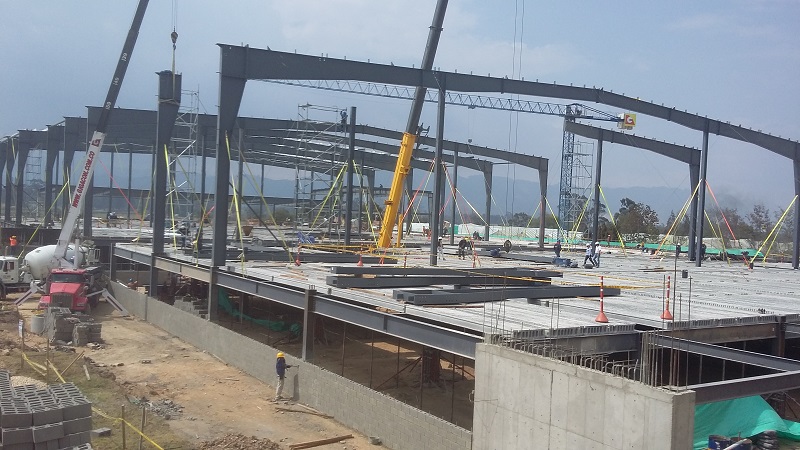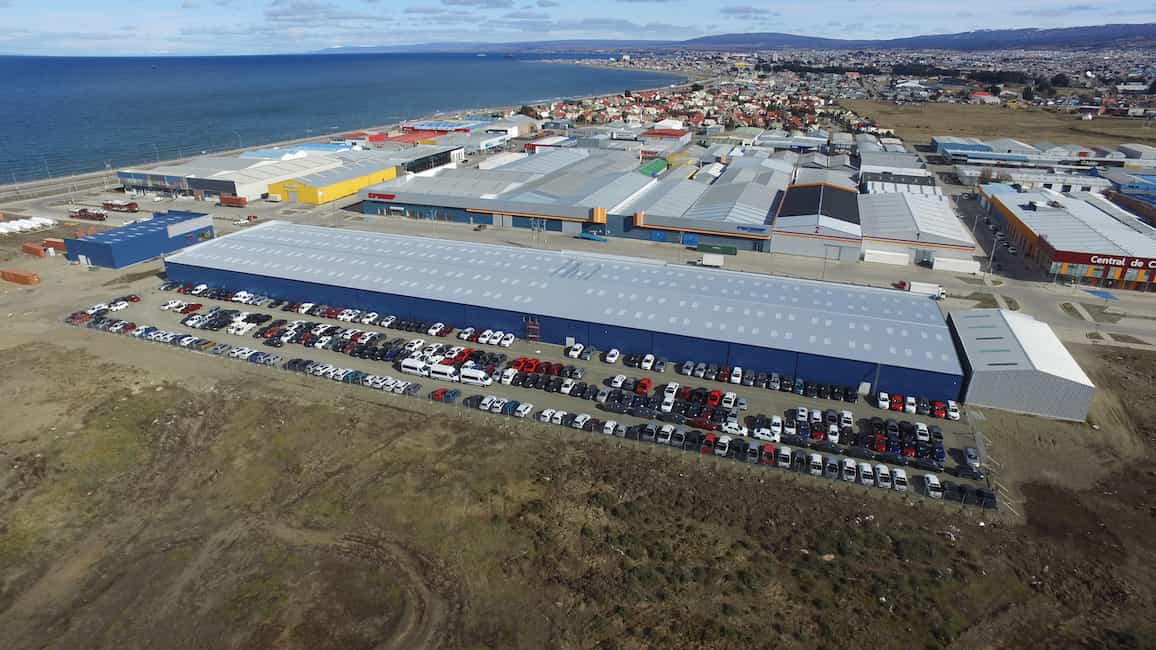
So how exactly has the nature of warehousing changed over the years? While it has become a different industry than it was 100 years ago, the changes that are up ahead will be even more significant. Many factors are putting an increased amount of pressure on global supply chains and the warehouses that fuel them.
As populations increase and real estate costs spike, it is becoming economically unfeasible to continue developing new warehouses using the same methods used in the past. Increasingly warehouse developers are turning towards vertical development of their properties rather than horizontal expansion. This increase in focus on the vertical expansion of their properties comes with its benefits and drawbacks. Let’s take a closer look at these to see exactly what is going on in the warehouse industry and what we can expect for it in the future.
The Crucial Role Of Multistory Buildings In Urban Planning
It should be easy to tell if you have been alive for more than a decade that there are many more people around today than there were years ago. As the number of people increases, housing and urban development are pushed into tighter and tighter confines. What happens is that real estate costs per square foot get far higher than decades ago. Today it is becoming unfeasible for many warehouse companies to develop and expand their properties horizontally inside of urban environments.
Instead, they are beginning to add multiple stories to their warehouse complexes. This eliminates the need for horizontal expansion but does at its own set of challenges as well. Let’s take a look at the benefits of this type of warehousing and its drawbacks, too, in a little more detail.
The Possible Benefits Of A Multistory Warehouse For Companies
Below we have listed out the three immense benefits of switching to a warehouse model involving multiple floors. Traditional warehouses only use one floor, while multiple-story warehouses are only just beginning to bloom in the Western Hemisphere. They are most popular in urban environments where real estate prices are starting to skyrocket due to high population levels and low housing levels.
Faster Delivery Times
One of the most significant benefits of a multiple-story warehouse is having a property that has enough space to meet your needs in denser, more urban environments. Since you do not need as much horizontal space, you are far less limited and the locations that you can place your warehouse. By moving closer to your products’ destination, you can vastly reduce the total time for shipping to your customers. This will lead to higher customer satisfaction rates and the ability to get more items out in a similar timeframe to what you are currently doing with a traditional warehouse model.
Suppose you have many shipments that are going towards urban environments. In that case, it could make sense to try and move your warehouse to where your customers are to increase your shipping speed and decrease your shipping cost.
Less Costly Real Estate Development
If you want to build a warehouse with the same measurement in an urban environment and you have the option of single-story or multiple stories, which would you choose? Which option do you think offers to be the least expensive? Regarding the land cost, where the steel buildings are being developed, the answer should be pretty straightforward. If you are building a multiple-story warehouse, you will need to buy less land to build it. This can lead to significant cost savings. Your cost savings will be incredibly high in particular markets where land cost is through the roof. This type of warehouse will make the most sense if land prices in your area are exceptionally high.
Enhanced Marketability And Advertising Space
Many warehouses have begun to branch off from only leasing out their space to companies and creating new additional revenue streams. With a traditional warehouse, you will not have much visibility to the public from very far away. Suppose you have a warehouse located in an urban environment, and it is multiple stories. In that case, you have a ton of real estate space for potential advertisers. Many companies have begun to do advertisements on both the rooftops of buildings like warehouses and buildings’ walls. Suppose you are the owner of a multistory complex. In that case, you will be happy to know that your advertising space will charge a premium due to your building’s height. It could make a significant addition to your overall revenues.
Possible Downsides Of A Multistory Warehouse For Companies

Choosing to develop a warehouse using the multistory format is not exactly a clear-cut choice, however. While there are multiple benefits conferred by using this building model, there are also a few drawbacks. Below we have the three common disadvantages you need to consider before deciding to go with this business model.
Expensive Construction Costs
While the total land cost will be lower because you need to buy less of it, it will cost more to build the building. This is due to a couple of factors. One of the largest factors is that it is simply more expensive to build up vertically than to build horizontally. The other aspect is the amount of regulatory red tape associated with constructing the buildings over a certain height in most urban environments. The cost of maintaining regulatory compliance can often outweigh the benefits that you would gain from moving to this format of a warehouse. It is something that you need to carefully consider if you are trying to move to this form of the warehouse for the cost savings.
Enhanced Regulatory Requirements For Building Safety
Inside urban environments, there are often fire codes requiring steel buildings built over a certain height and structures made with different materials. This is important for the safety of the citizens of the area. Still, it can add a significant amount of cost to the overall price tag of your warehouse. You will likely be forced to use materials that are resistant to fire. These materials are often more expensive than using familiar materials would be. As a result, regulatory costs can eat up a significant amount of your construction budget if you are not careful and do not plan for these costs.
A Reduction In The Amount Of Leasable Space
While almost every square inch of a single-story warehouse will be leasable space, the same cannot be said of a multiple-story warehouse. If you are the owner of a warehouse, it is something that you should keep in mind. While you will still be charged for constructing every square foot of space of the building, you may not produce income from every square foot of space. Often, if you have a warehouse located in a city, you will charge higher rents per square foot. This means that even if you are not able to charge for every square foot of space in your warehouse because you can charge more for the area that you can rent per square foot, you may still be able to end up coming out ahead overall.
Frequently Asked Questions About The Future Of The Warehouse Industry

Multistory Steel Building Warehouse
As you can see, the warehouse industry’s future is more complicated than you might first imagine it would be. There are many decisions that warehouse developers will need to make in the future that will shape how warehouses operate in our economy for decades. As more and more people move into the cities and population densities continue to grow, we will likely see an increase in the number of warehouses that are more than one story. But we are not likely to see every single warehouse in the country be replaced overnight either. The industry and the economy are complex creatures, and they happen to evolve while frequently defying our expectations. Here are some answers to the most commonly asked questions about the future of the warehousing industry.
Will There Be An Increase In The Amount Of Multistory Warehouses In The Future In America?
Suppose we look at the population maps of the country over time. In that case, we can see that there is a clear trend in increasing population densities. This is especially evident in many of the countries’ large and dense urban city cores. These cities represent enormous markets for companies that want to deliver their products to customers quickly and efficiently. Since it is far easier to deliver if you have a warehouse in the city itself, the demand for warehouse space inside city centers has increased. Since the total amount of space available in the center of most cities in our country is very limited, we should expect to see a clear trend in the warehouse industry. This trend will show that an increasing number of warehouses are being developed with multiple stories, mainly concentrated in our country’s dense urban city environments.
How Will These New Warehouses Change The Shape Of The Economy
Since these new warehouses will most likely be located inside every city, people probably will notice the options for much faster shipping. For example, there are already cities across the country that can receive a one-day shipping and even same-day shipping on many online retailers. The concept of placing an order for something online and the same day receive it may seem like something far-fetched or futuristic at best. The truth of the matter is is that if you live in the right place, you can already have this type of service if you look for it. These services are incredibly popular in the areas that they are offered. So it should be pretty easy to guess that there will be an increasing amount of companies that provide this level of service to residents in different city centers across the country.
The Effects Of Multistory Buildings On Logistics In Urban Environments
Perhaps one of the coolest things about having a multiple-story warehouse is its effect on cities’ logistics. They will help to eliminate traffic that is coming into the city and can help to reduce traffic flow that is found inside of the city, as well. Overall you can expect to see an enhanced capacity for logistical maneuvering by corporations and city governments as alterable story warehouses become mainstream.
Some Final Notes On The Future Of The Warehousing Industry
While it is easy to look at trendlines from the past and try to project them into the future, things are likely to change. Right now, it does seem like there is a good indication that warehouses will change in the future. We have our hunches as to what this will look like. Still, ultimately it is impossible to predict with 100% accuracy.
Article originally published on Prologis.com


